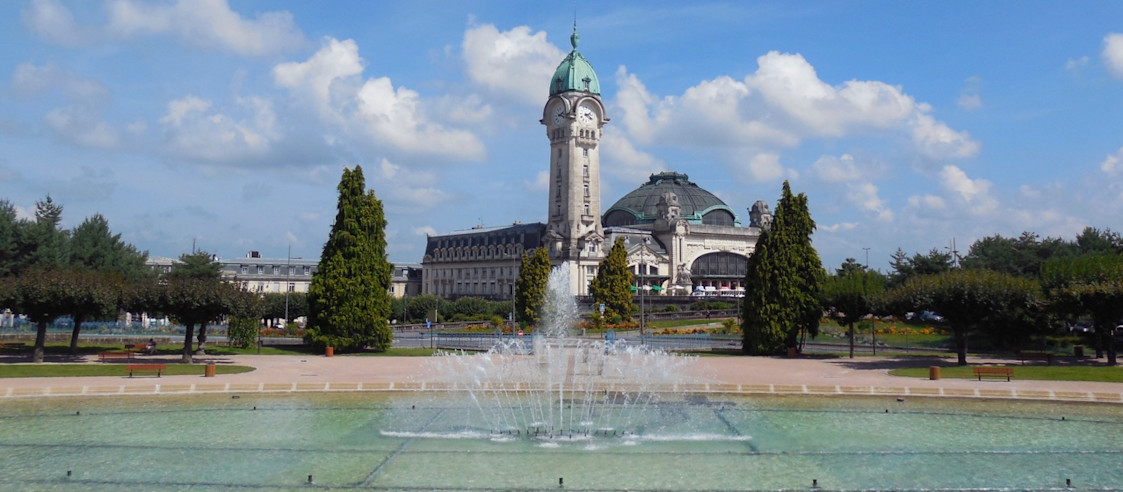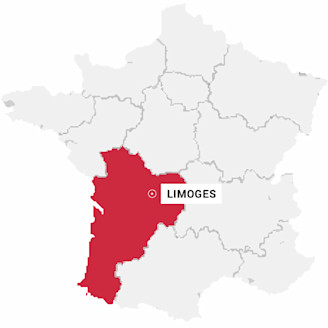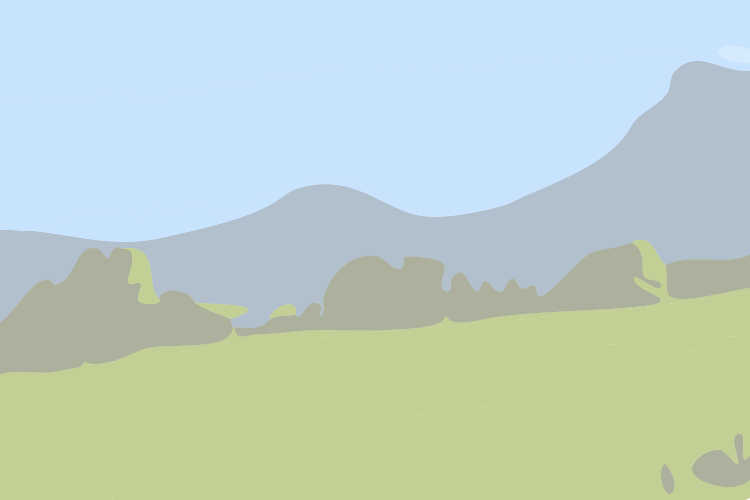
IGN Map


Although the emblem of Limoges is porcelain, the capital of firing art is also a « Town of Art and History » that...
Sailing along the rivers of Nouvelle-Aquitaine is another way to enjoy your holidays, relaxed roaming along waterways...
Head off for our snow-covered mountains, via Pau, the gateway to the Pyrénées, and discover a magical site for young...
Here in the Basque Country the rituals, traditions and legends around Lo Halha de Nadau and the Olentzero are still...
A family day out that combines knowledge with fun to teach you everything you need to know about Limousin cattle.
Aymeric and Alexandra Broussaud took over the helm of a business that had been passed down over the generations. Here,...

IGN Map

Aerial Photos / IGN

Open Street Map

Michael Ampoulie, has been of service to the written heritage for 20 years, undertakies restoration, traditionalbook-binding or creation (photo albums) and gilding. He provides training days and also courses.

To be completed in two or 3 days, the route on the GR®4 and 654 variants, then on the main itineraries between Limoges and Saint-Léonard-de-Noblat, will take you from Porcelaine to the land of cattle breeding and... raymond Poulidor!
The landscapes are varied, from the Vienne valley to plateaus and mountains approaching 400 m in altitude.
Limoges is well worth a visit, with its old quarters, its remarkable Benedictine railway station and its old bridges. The town of Saint-Léonard-de-Noblat (collegiate church and ecomuseums) is an interesting stopover on the way to Santiago de Compostela. Along the way, Saint-Just-le-Martel also offers services, shops and accommodation.
This route is proposed by the Comité Régional de Randonnée Pédestre. Departing from a train station or TER bus stop, it allows you to join a walking or hiking itinerary, and take a stroll in ecomobility!



April - May - June
Every day during school vacations, public holidays and long weekends (does not run on Sundays)
Departures: 11 a.m. - 2:30 p.m. and 3:30 p.m
April - May - June
Outside school vacations.
Runs on Wednesdays and Saturdays only.
Departure : 11h - 14h30 and 15h30
july 6th - August 30th
Runs: Every day except Sunday.
Departure city tour : 11h - 14h30 - 15h30 - 16h30 --> 55min
Departure city tour + Vienne riverbanks : 17h30 --> 1h15
September - October
Every day during school vacations (does not run on Sundays).
Departure : 11h - 14h30 - 15h30
Halloween
october 31st departure every 30min from 10am to 12pm and from 1:30pm to 7:30pm.
Christmas
The first 2 weekends of December at 5:30pm and 6:30pm
From December 14 to 31 at 5:30pm, 6:30pm and 7:30pm.
No traffic on December 25.
Information and payment details available directly from the little train.

Enjoy a unique experience with an original discovery of the city by TukTuk or Benedictine. The tour includes commentary, so you won't miss a thing of the city's finest monuments.
Lémovice" tour (heart of the city), duration 50-55 minutes:
Tourist Office, Hôtel de Région, Cathedral, Pavillon du Verdurier, Hôtel de Ville, rue de la Boucherie, Halles Centrales, Musée Adrien Dubouché, Opéra de Limoges and Gare des Bénédictins.
- Lémovice" tour duration 55min
From 1 to 6 people. Prices: from 39 to 69?
Family rate: 2 Adults + 2 Children at 45?
- Lémovice" tour + themed tour (choice of 2h duration) :
- Snack at the Halles > 30?/person
- Visit to the central distillery > 22?/person
- Aperitif dinner on the banks of the Vienne River 30?/person
Information and booking by phone.
Privatization possible.
Customized offers on request.